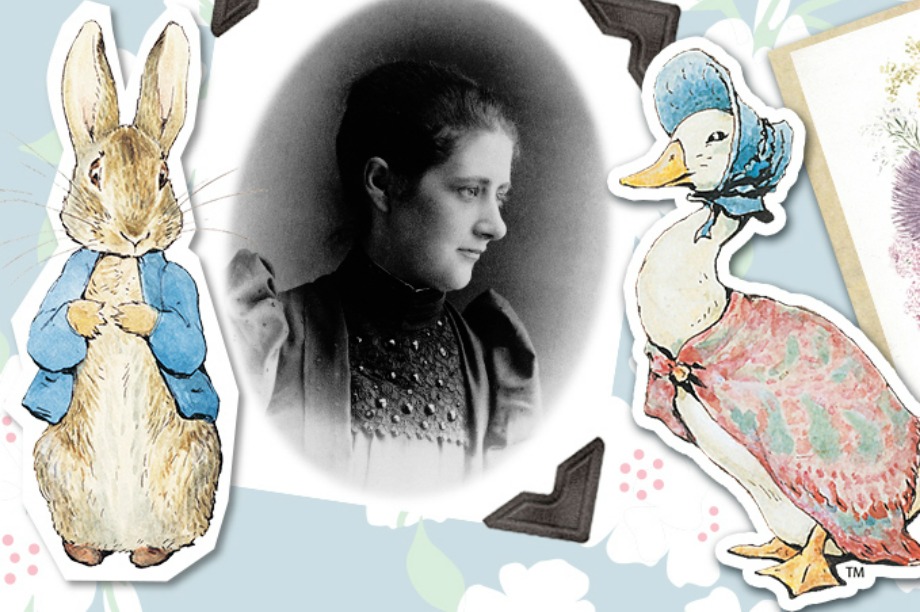
The proletarian mice try to eat the food the dolls left behind, but the ham and fish are actually made of plaster: they are an ornamental frippery of the rich.

They’re not only indolent, they lack common sense: after the dolls leave the house the mice find “the door was not fast”. For most of the story, Potter depicts the dolls as having nothing to do but sit around, pose and look pretty in their tiny red-brick abode. The doll Lucinda lives there with her cook, Jane. Potter is positively gleeful in her description of how vandal mice Tom Thumb and Hunca Munca destroy a doll-house.

Critic Humphrey Carpenter writes in his essay Excessively Impertinent Bunnies that she displays a “most vigorous contempt for the most accepted of Victorian social values” and is “definitely on the side of the transgressor”. However, she can revel in violence against symbols of widely accepted social conventions. But she opposes violence against individuals, even if she depicts it. Potter’s vision is that nature may be Darwinian chaos but one can survive through hard work and good sense.įor Potter, the gradual shift from landed wealth to trade and industry is inevitable and sensible. Twitchit has three kittens to raise, yes, but it’s also just good business. She also disapproves of those who would take advantage of the stupidity of others, such as Mr John Dormouse, who sells defective candles to his neighbors: “And when Mr John Dormouse was complained to, he stayed in bed, and would say nothing but ‘very snug ’ which is not the way to carry on a retail business.” However, she approves of the savvy businesswoman Tabitha Twitchit, who raises her prices when her competition is eliminated by Ginger and Pickles going bust. In the celebration of laissez faire capitalism that is The Tale of Ginger and Pickles, she approves of the market forces that ruin the title characters’ shop, because they didn’t run their business with intelligence – they decided to grant unlimited credit to all their customers. Potter regards stupidity with similar contempt. Industriousness is a cardinal virtue in Potter’s characters – whether it’s the lovable tailor of Gloucester, the domestic goddess Thomasina Tittlemouse, or the squirrels who diligently gather nuts on Owl Island and whose ingenuity the author clearly admires. “Nearly all of are preoccupied with hierarchy and power,” writes Kutzer – and they reflect and embody middle-class values.

Like Kenneth Grahame’s anthropomorphic animals in The Wind in the Willows, published six years after Peter Rabbit, Potter’s characters have been shaped by the transfer of power in British life from the landed aristocracy to the bourgeoisie, the class from which Potter herself had sprung. (In The Tale of Ginger and Pickles she writes of the cat Ginger, following his financial bankruptcy, “I do not know what occupation he pursues,” as if she were reporting this story rather than making it up.) She rarely focuses on the very rich, nor the very poor her characters work for a living.

Her writing style has a tone of observational detachment, as if she were a journalist profiling these animals. As M Daphne Kutzer writes in Beatrix Potter: Writing in Code, “She never attempted to write a novel, but it is fair to say that a number of her small children’s books are in fact novels: their characters and their plots are as complex and open to interpretation as any novel published at that time.”Ĭommentary on British social relations of the early 20th Century appears everywhere in Potter’s work. The one thing we do know for a certainty is that when Potter depicts mice wearing aprons or rabbits smoking pipes, her stories inevitably reveal as much about human virtues and follies as they do the natural world.


 0 kommentar(er)
0 kommentar(er)
